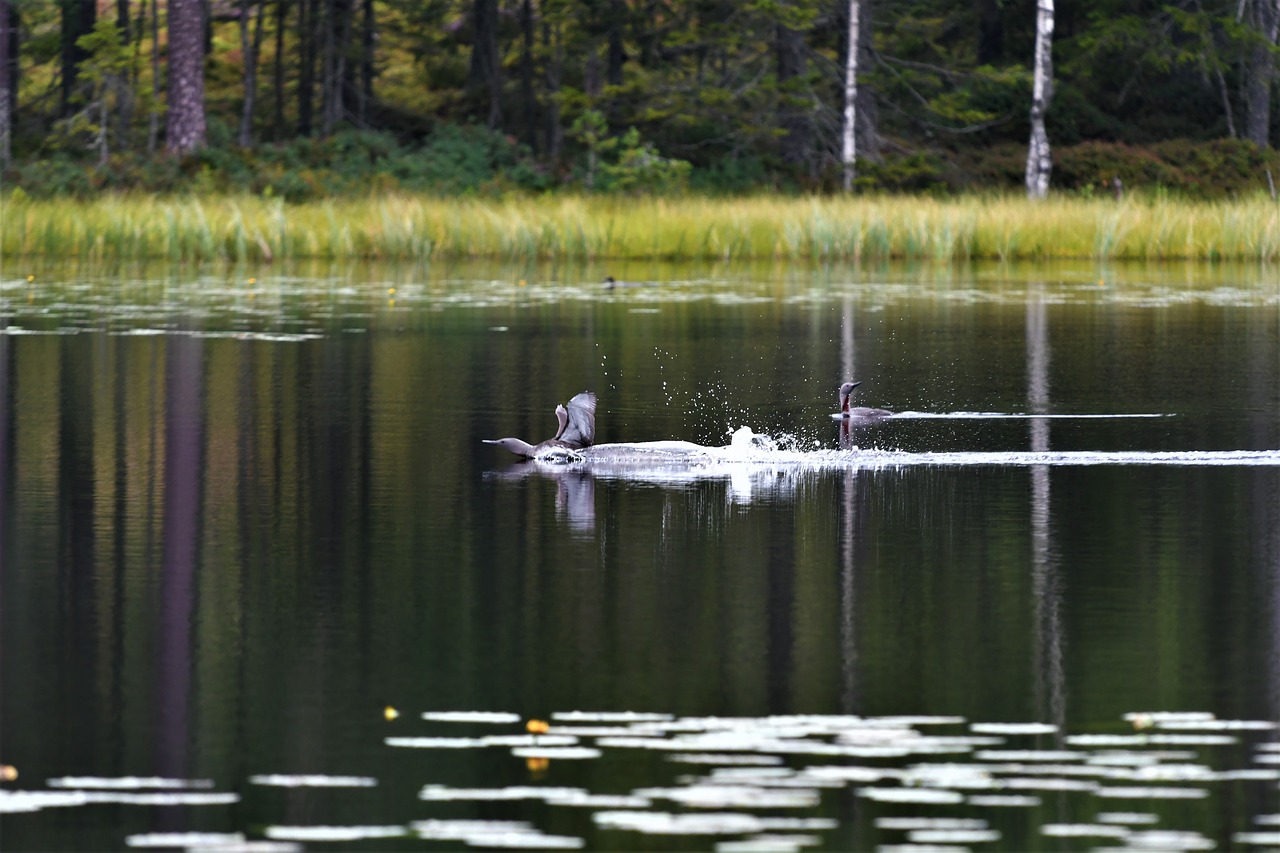Kvicksilver i ägg av smålom Gavia stellata och storlom Gavia arctica i sydvästra Sverige
DOI:
https://doi.org/10.34080/os.v2.23082Nyckelord:
utsläpp, antropogena effekter, häckningsframgång, predtor-bytesinteraktion, interaktion mellan predator och byte, häckningsbiologi, hotAbstract
In connection with surveys of breeding populations of Gavia stellata and G. arctica in Southwest Sweden 1978—91, unhatched eggs in abandoned nests were collected and analysed for mercury. In the investigated area, divers of both species primarily fish in oligotrophic lakes, many of them affected by air-borne acidifying pollutants. The level of mercury in G. stellata eggs was extremely high; in a sample of seven eggs from four breeding sites the mean concentration was 9.5 ppm dry weight with a range of 6.2–14.2 ppm, which is among the highest levels recorded for any bird species in Sweden. The concentrations in G. arctica eggs were lower: 1.0–2.4 ppm dry weight in samples from four breeding sites at circumneutral lakes, and on average 4.0 ppm (range 1.8–5.9 ppm) in a sample from four breeding sites at lakes affected by acidification. For G. stellata, all eggs contained mercury at levels where reproductive impairment is to be expected, and also single G. arctica eggs were so heavily contaminated that the risk of impairment must be considered. Fish samples from seven lakes indicated that potential prey fish (Rutilus rutilus and Coregonus albula, <20 cm) for G. stellata feeding chicks contained higher concentrations of mercury in lakes affected by acidification. In one lake, fish contained levels about twice those reported to be associated with behavioural and reproductive disturbances in fish-eating birds. Also, single fish in two other lakes contained high concentrations of mercury. The results indicate that especially G. stellata, but also G. arctica in their breeding grounds in Southwest Sweden are exposed to levels of dietary mercury, sufficiently high for reproductive impairment to be expected, and that a connection exists to high levels of mercury in prey fish from freshwaters affected by acidification.
Nedladdningar

Downloads
Publicerad
Referera så här
Nummer
Sektion
Licens
Författaren/författarna innehar copyright för varje enskilt bidrag, men samtliga bidrag är publicerade under en Creative Commons-licens, så att vem som helst kan dela och återanvända bidraget förutsatt att copyright-innehavaren erkänns.







